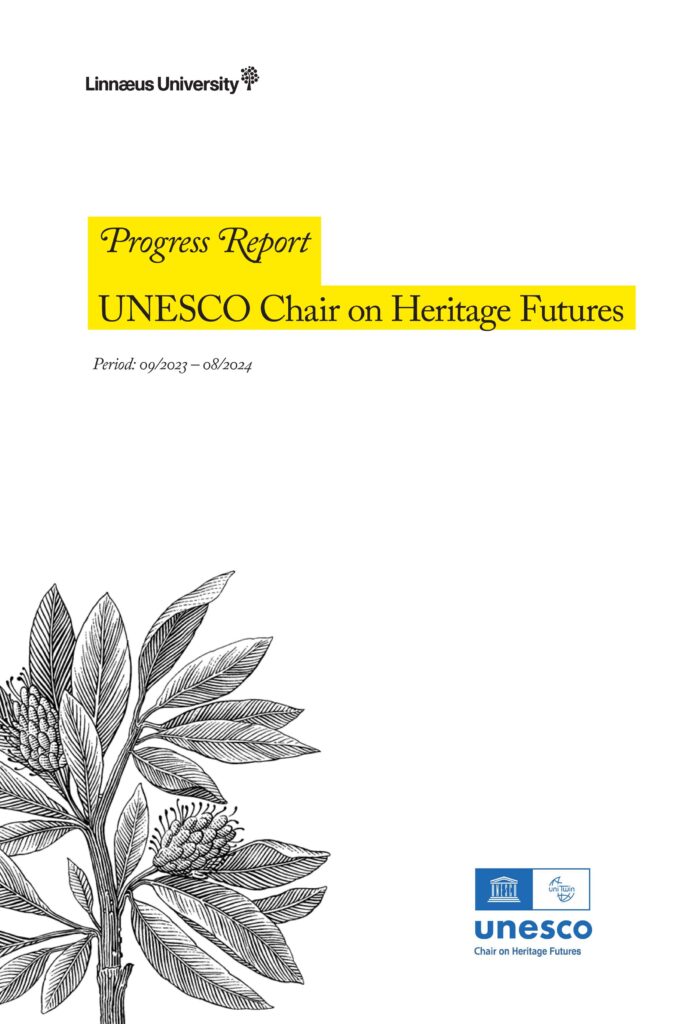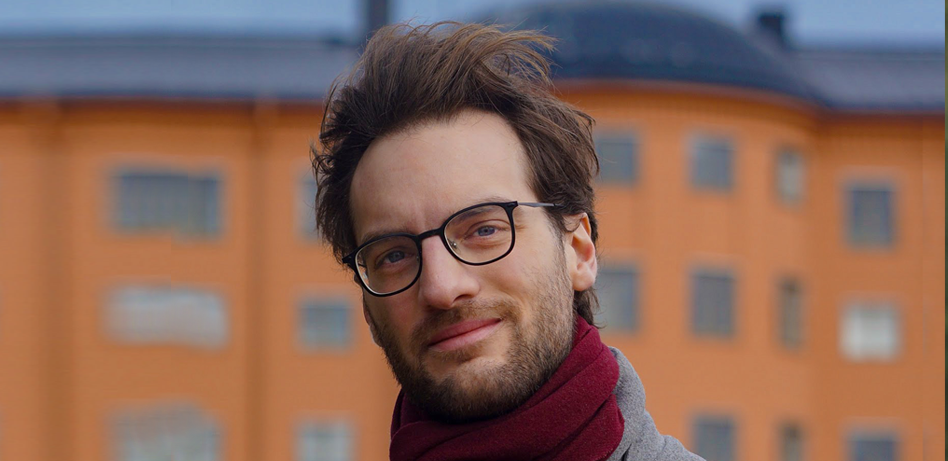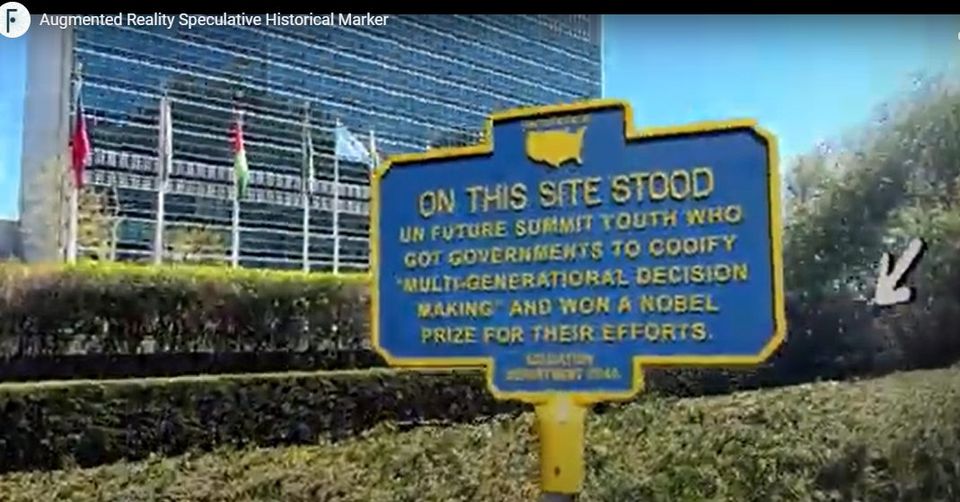Progress Report 09/2023-08/2024
2024-10-21

Photo: Helena Rydén, UNESCO World Futures Day 2023 at UNESCO Headquarters in Paris (from left Pedro De Senna, Cornelius Holtorf and Laura Watts)

Download the report (DiVA)
View the report (Issuu)
A new report covers the seventh year of the UNESCO Chair on Heritage Futures at Linnaeus University. Among the highlights of the year were several global occasions at which our Chair could contribute with perspectives on ‘Heritage Futures’.
This included the ICOMOS General Assembly 2023 held in Sydney, Australia, the Dubai Future Forum in Dubai, UAE, and UNESCO World Futures Day 2023 in December at UNESCO Headquarters in Paris where Cornelius Holtorf was running a topical plenary panel (photo in the head of the page).
On various occasions throughout the year, the team members had the chance to meet and connect with UNESCO Chairholders from different corners of the world, working on culture, heritage, the future, and other questions. Such meetings and exchanges of views are always stimulating and important, not the least as it contributes to strengthening global trust and joint multilateral engagements for a better world.
Heritage in Transformation
In spring, Cornelius Holtorf spent three months as a Conservation Guest Scholar at the Getty in Los Angeles, USA. His project was entitled “Heritage in Transformation” and explored how, in a world where the future is not what it used to be, we can conceptualize the past and practice cultural heritage in correspondingly new ways.
This report is published shortly after the 2024 UN Summit of the Future has been held in New York. The Summit agreed on a global Pact for the Future and a Declaration on Future Generations, both of which referring to culture and cultural heritage. It will be exciting to follow how this will strengthen the case for heritage futures in Sweden and the other UN member states across the years to come.
Please get in touch if you have any comments or suggestions!








[…] The new funding for this and a number of additional smaller projects, means that the Climate Heritage Network is…
[…] Chair on Heritage Futures « Culture, cultural heritage and COP26 […]
[…] mer på Unescoprofessurens blogg http://blogg.lnu.se/unesco/?p=1061 Besök Öland 2050! […]